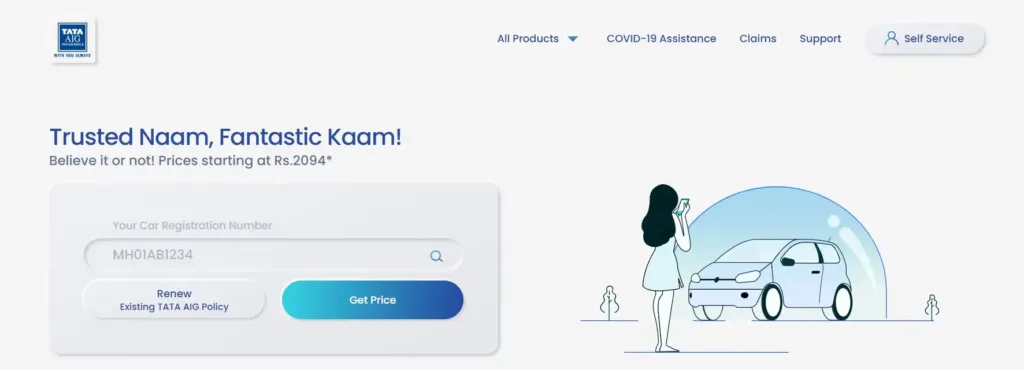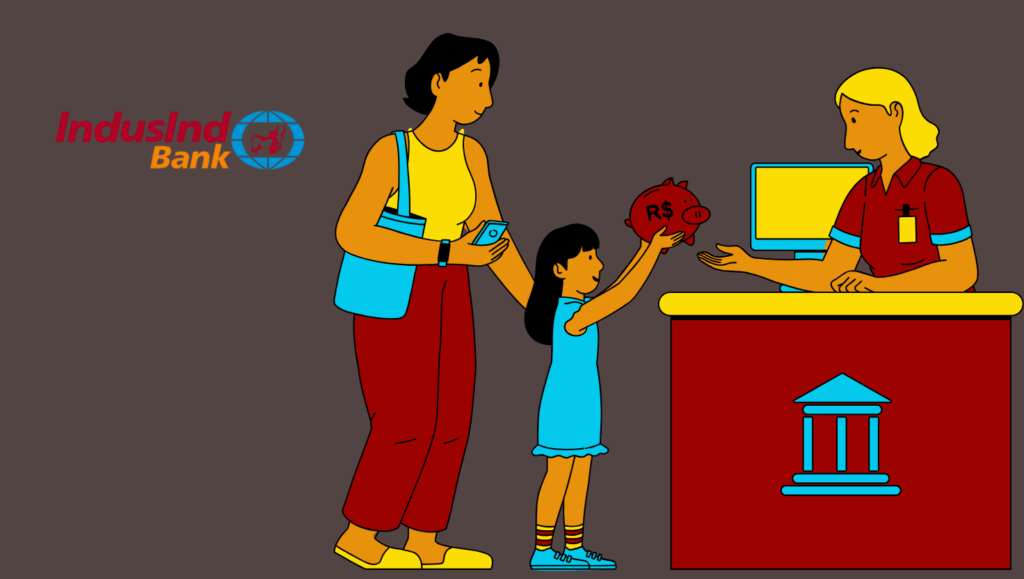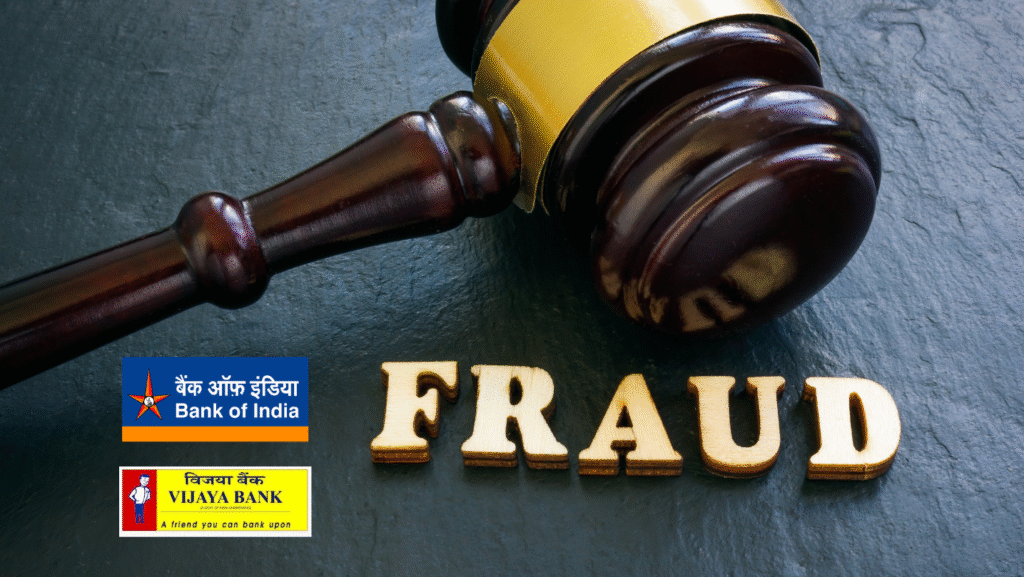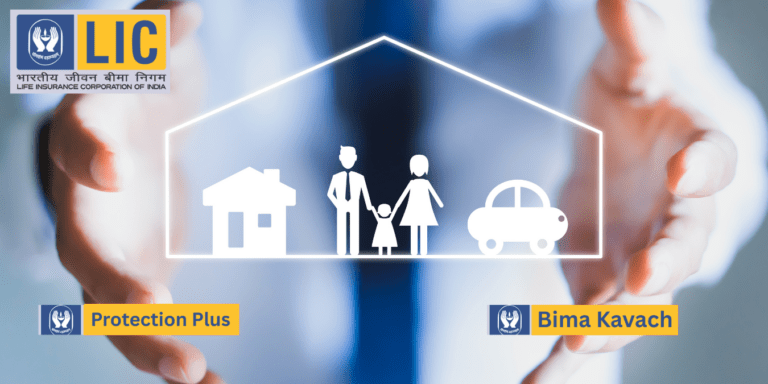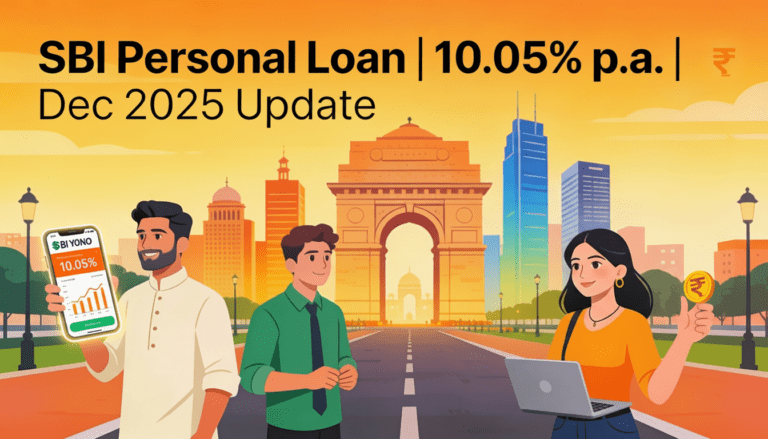
A Mumbai family’s fight for a Myeloid Leukaemia patient’s bone marrow transplant turned into a nightmare when Niva Bupa denied a ₹61 lakh cashless claim, despite a ₹2.4 crore policy. Social media exploded with #InsuranceScam, amplifying distrust in India’s health insurance sector. As 2025 sees a 12% surge in claim disputes, will IRDAI reforms like live claim tracking restore faith?
In late August 2025, a heart-wrenching saga unfolded in Mumbai that set India’s digital landscape ablaze. A patient battling Myeloid Leukaemia, Chandra Kumar Jain, lay in Sir HN Reliance Foundation Hospital, desperately needing a bone marrow transplant. His family, armed with a hefty ₹2.4 crore health insurance policy from Niva Bupa (₹1 crore base, ₹1.4 crore no-claim bonus), faced a shocking twist: the insurer allegedly denied a ₹61 lakh cashless claim, citing “liability cannot be established.” What followed was a social media storm, a corporate scramble, and a national reckoning with India’s health insurance system. This blog dives into the drama, dissects the lessons, and offers bold solutions for policyholders navigating India’s evolving insurance labyrinth.
A Storm Erupts: From Hospital Bed to Viral Hashtag
The saga began in late August 2025, when a Mumbai-based patient, Chandra Kumar Jain, fighting Myeloid Leukaemia, required an urgent bone marrow transplant at Sir HN Reliance Foundation Hospital. His family, confident with a jumbo ₹2.4 crore health insurance cover (₹1 crore base, ₹1.4 crore no-claim bonus) from Niva Bupa, was stunned when the insurer “suddenly” denied a ₹61 lakh cashless claim, citing that “liability cannot be established.”
What poured petrol on the fire was a viral LinkedIn post by Avigyan Mitra, an investment advisor. It painted a haunting picture: a patient “abandoned” at his most desperate moment, forced to arrange cash for life-saving treatment, despite religiously paying premiums. Hundreds echoed their anguish across social platforms—Instagram threads, X (Twitter) storms, comment boxes rife with heartbreak and fury.
Niva Bupa’s Defense: “We Haven’t Rejected the Claim.” Stung by the digital tempest, Niva Bupa issued an official clarification. According to the firm’s Chief Marketing Officer, the claim was not rejected: the patient had been granted an initial pre-authorisation of ₹25 lakh; the case was “still under process.” At discharge, a final approval would be made as per standard protocols. The insurer blamed “miscommunication” and denied any intention to leave the family in distress.
The Social Media Wildfire: Outrage and Accusation
What makes this controversy electrifying is not just the amount involved but the sense of systemic “betrayal.” Policyholders, especially those with high-premium comprehensive covers, expect robust protection during catastrophic emergencies—not a last-moment refusal riddled with legalese. Social media, notoriously swift and unsparing, drove the point home with trending hashtags and shareable hooks: “#InsuranceScam,” “#PolicyholderBetrayal,” “#JusticeForPatients.”
Angel investor Udit Goenka’s viral X post called insurance “the biggest scam business in India”—striking a chord with lakhs who feel let down by the industry. Stories poured in of similar experiences, amplifying the narrative that in India, insurance can feel like a rigged game: pay up for years, but when illness strikes, policy language trumps compassion.
Is it safe to apply for an Instant Loan online? Your essential guide to avoid pitfalls
HDFC Bank Insurance Coverage on Debit Card
Indian Stock Market Outlook: Why Is India VIX Spiking? Nifty50,Nifty Bank and Sensex Predictions for June 3, 2025
How Many Fixed Deposit Accounts Can You Open? The Answer Might Surprise You!
The Anatomy of the Claim: What Went Wrong?
Let’s examine the facts:
- Jain’s family, holding a policy with ₹2.4 crore sum insured, faced bills of over ₹61 lakh for hospitalisation and surgery for bone marrow transplant.
- They had obtained initial written pre-approval for a ₹25 lakh bone marrow transplant package.
- As actual treatment costs overshot this estimate, the insurer cited “liability cannot be established,” and did not grant cashless approval for the excess.
- The family was left to scramble for funds, all while fighting for the patient’s life.
No less damning was the painfully slow and confusing communication between the hospital, insurer, and family—a common pain-point in the Indian insurance scene where delays can cost lives.
Consumer Trust Shaken: The Broader Implications
Data from 2025’s Insurance Regulatory and Development Authority of India (IRDAI) shows a record 12% YoY increase in claim disputes and social complaints on health insurance—indicating mounting consumer frustration. At the heart of the storm: technical loopholes, hidden clauses, unclear TPA (Third Party Administrator) processes, and insufficient regulatory enforcement.
Key issues under the microscope:
- Fragmented communication between hospital, insurer, and patient.
- Rigid exclusions and ambiguous clauses cited during critical moments.
- “Cashless” facility delays even after written pre-approval.
- Lack of portability clarity, pushing policyholders to switch providers in search of greater trust.
Inside India’s Health Insurance Labyrinth: Risks and Rewards
The Niva Bupa incident is not isolated. Public records indicate a rash of recent disputes against even marquee insurers, with consumers questioning the entire sector’s reliability. Notably, in July 2025, a senior citizen’s legitimate surgical claim was denied on a technicality, despite a stack of documentary evidence, fueling perceptions of “systemic betrayal.”
At stake is not just money, but confidence in the promise that insurance makes: protection when it matters most. In a nation with burgeoning medical inflation (over 11% in 2025), and where private hospital bills for critical care can devastate families, robust health insurance is no longer a luxury.
The Digital Age Amplifier: Why This Story Went Mega-Viral
What makes this case different? Three elements coalesced to supercharge its virality:
- Emotionally charged narrative: Life-and-death stakes, a helpless family, and an “unfair” denial.
- High shareability: Influencers and investors echoing “scam” sentiment—making the case a meme for middle-class distrust.
- Compelling visuals and real voices: Comments sections filled with heartbreaking testimonials, expert opinions, and unfiltered anger.
The result: thousands of shares, replies, and new “insurance horror stories” added daily to the digital archive of consumer grievances.
The Regulatory Challenge: IRDAI Under Pressure
The IRDAI, India’s insurance regulator, now faces mounting calls to step in decisively. Policyholders demand:
- Faster dispute resolution.
- More transparency on “cashless claim” processing.
- Standard product wordings to minimize “fine print” denials.
- Severe penalties for unjustified delays.
Consumer forums, legal action, and even parliamentary scrutiny are likely in the wings, as the public narrative pivots toward calls for accountability—not just from Niva Bupa, but from the entire sector.
Stunning Suggestions: What Can Be Done?
To repair the breach of social trust and make insurance fairer in India, the following reforms are urgently needed:
- Live tracking of claims: Just as couriers are tracked, every claim should have a transparent, time-stamped digital trail open to the insured.
- “Black box” mandatory record: Insurers should store and share all communication and decision rationale for each claim.
- AI-powered anomaly alerts: Flagging claims denied for technicalities or communication lapses for immediate human review.
- Independent ombudsman escalation: An expedited, third-party set-up for grievances over ₹50 lakh.
- Regulator-run rating portal: Policyholders must have access to real-time, public complaint/settlement rates to guide their decisions.
Hooks for the Future: Emotional and Viral Resonance
- “Has your insurance company ever failed you? Share your story—because this fight is about all of us.”
- “Before you renew your policy, read what happened to the Jain family. Don’t let fine print decide your fate.”
- “One day, it could be any of our families. Is your insurance company ready to stand by you in your darkest hour?”
- “Indian consumers, unite: demand that ‘cashless’ truly means cashless—even when lives hang in the balance.”
Final Thought
The Niva Bupa claim saga is much more than a public relations battle; it is a defining moment for India’s entire insurance ecosystem. As digital megaphones amplify even a single incident into a national debate, insurers must choose: evolve towards transparency and fairness—or face a permanent erosion of trust. For policyholders, vigilance, digital literacy, and collective advocacy have never been more vital. In the shifting sands of risk and promise, one thing is clear: the real power, ultimately, will rest with an informed, united public.
Disclaimer: The use of any third-party business logos in this content is for informational purposes only and does not imply endorsement or affiliation. All logos are the property of their respective owners, and their use complies with fair use guidelines. For official information, refer to the respective company’s website.















